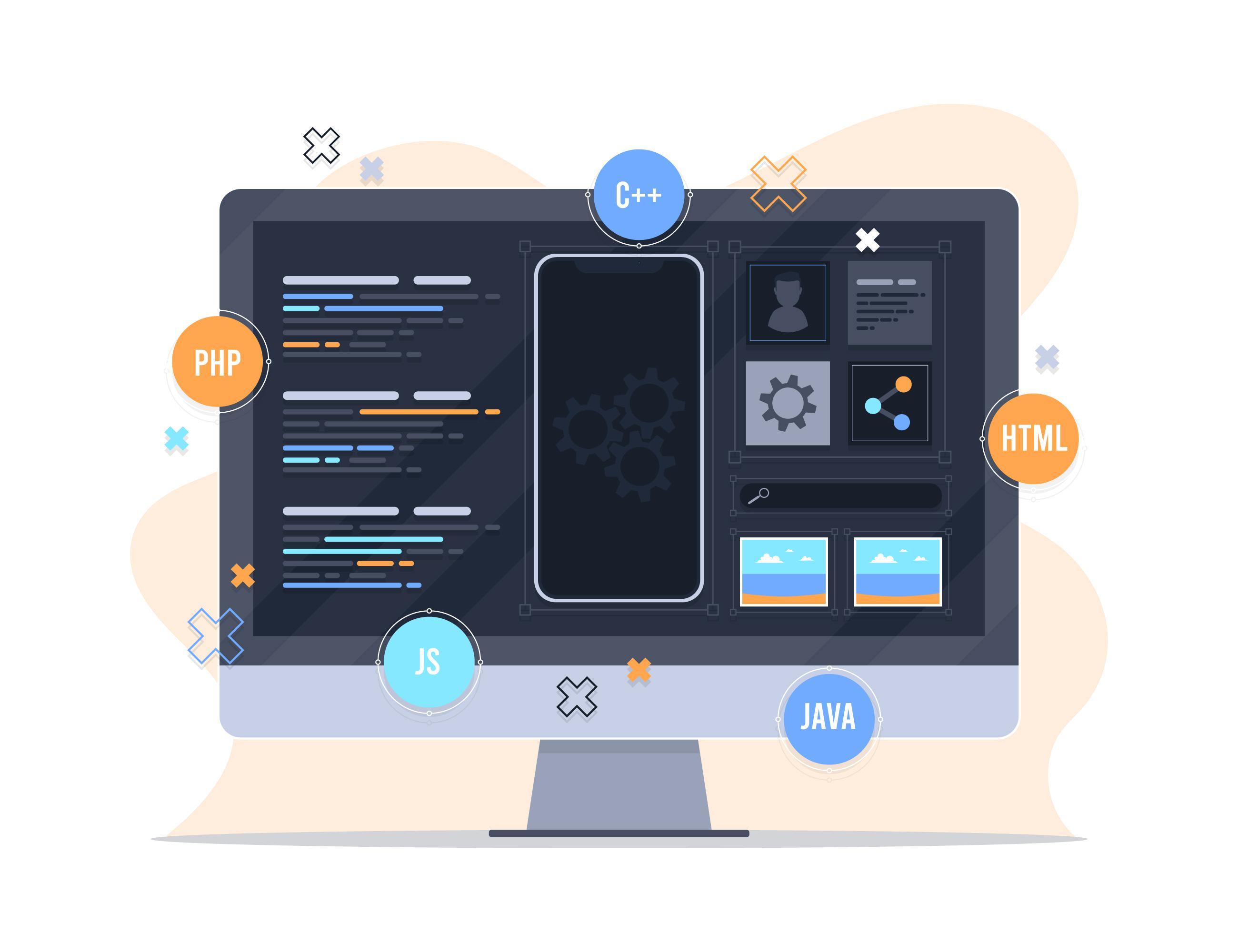
The Importance of System Integration: How ERP and CRM Integration Enhances Efficiency
In today’s business world, operational efficiency is one of the key factors for an organization’s success. Integrating Enterprise Resource Planning (ERP) systems with Customer Relationship Management (CRM) systems is an effective tool for improving this efficiency. This integration allows for seamless information flow across different systems, enhancing decision-making ability and boosting operational effectiveness. In this article, we will explore the importance of system integration and how it contributes to improving operational efficiency.
ERP System
Enterprise Resource Planning (ERP) is an integrated system used to manage internal operations within an organization, including accounting, procurement, inventory, and manufacturing. ERP aims to improve efficiency and reduce costs by consolidating all operations into a single platform.
CRM System
Customer Relationship Management (CRM) is used to manage interactions between a company and its customers. It focuses on improving customer relationships, increasing satisfaction, and enhancing loyalty. CRM includes tools for tracking sales, managing marketing campaigns, and providing customer support.
Integrating ERP and CRM systems facilitates the flow of information across different teams within the organization. When all departments have access to the same data, the following benefits can be realized:
When systems are integrated, employees can work more efficiently, which includes:
ERP and CRM integration also contributes to a better customer experience by:
Choosing ERP and CRM systems that support integration is essential. These systems should be able to communicate easily with each other via APIs or integration platforms.
Before starting the integration process, it’s important to create a clear plan that includes:
Ensure that employees receive adequate training on how to use the integrated systems. Ongoing support is also crucial to ensure that teams benefit from the new improvements.
After implementing the integration, it is important to set up KPIs to measure success. These may include:
Based on analytics and data, continuous improvements can be made to ensure maximum benefit from system integration.
The integration of ERP and CRM systems represents an important strategic step toward improving operational efficiency and enhancing customer satisfaction. By improving information flow, boosting efficiency, and enhancing the customer experience, organizations can achieve tangible positive results. Investing in system integration is an investment in the future of the business, helping organizations stay ahead in a highly competitive world.
Your email address will not be published. Required fields are marked *